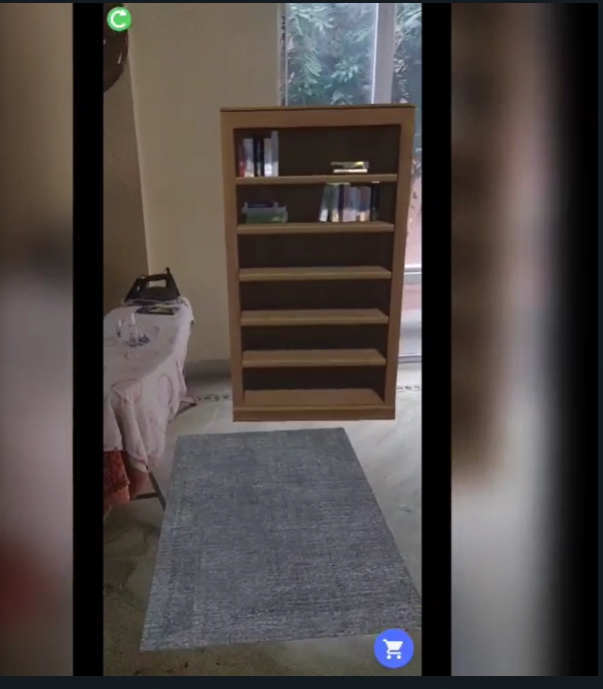AI and Robotics Center (AIR)
The AIR Lab is an initiative brought to reality in VIT APUniversity and its the first
of its kind in the country.
Set up with the aim of learning about the latest
technologies of the field like Deep Learning, Machine
Learning and Robotics,
the AIR Lab has given students a platform to not only learn about them but
work with them to build something unique.
The lab makes an ideal
technology-rich environment to promote student-driven learning and provides
a
new approach to learning rather than the customary way.
The lab has grown
with more students coming in with unique ideas worth working on. With the
support of
the faculty, the aim is to be a place of harmony for ideas and latest
technologies, and make them a
reality.

Thrust Areas



Projects
Members


















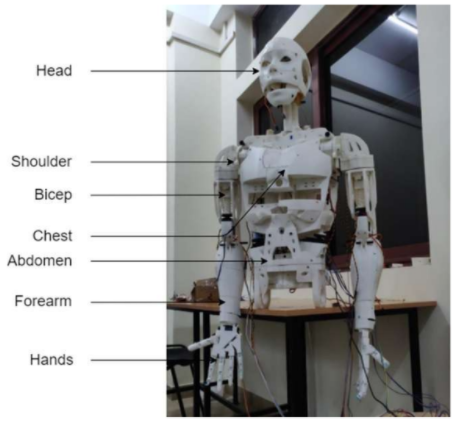

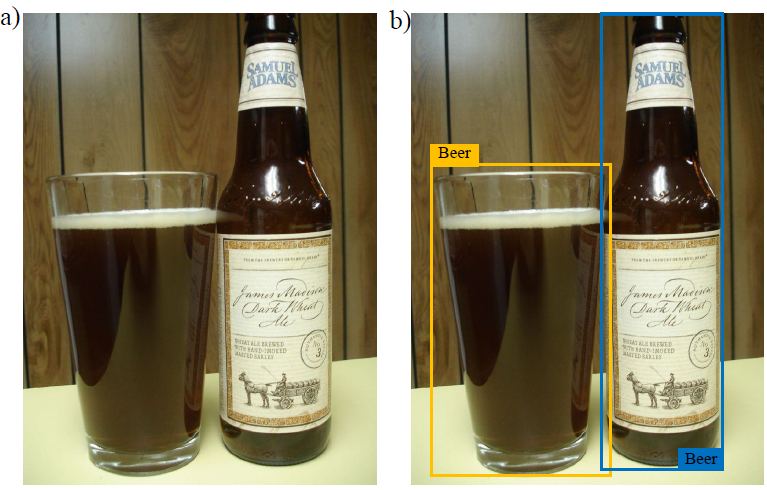
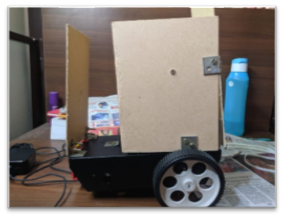
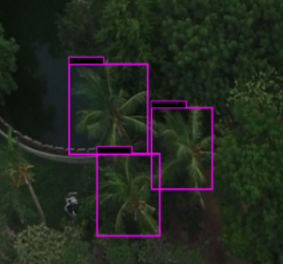

.png)

